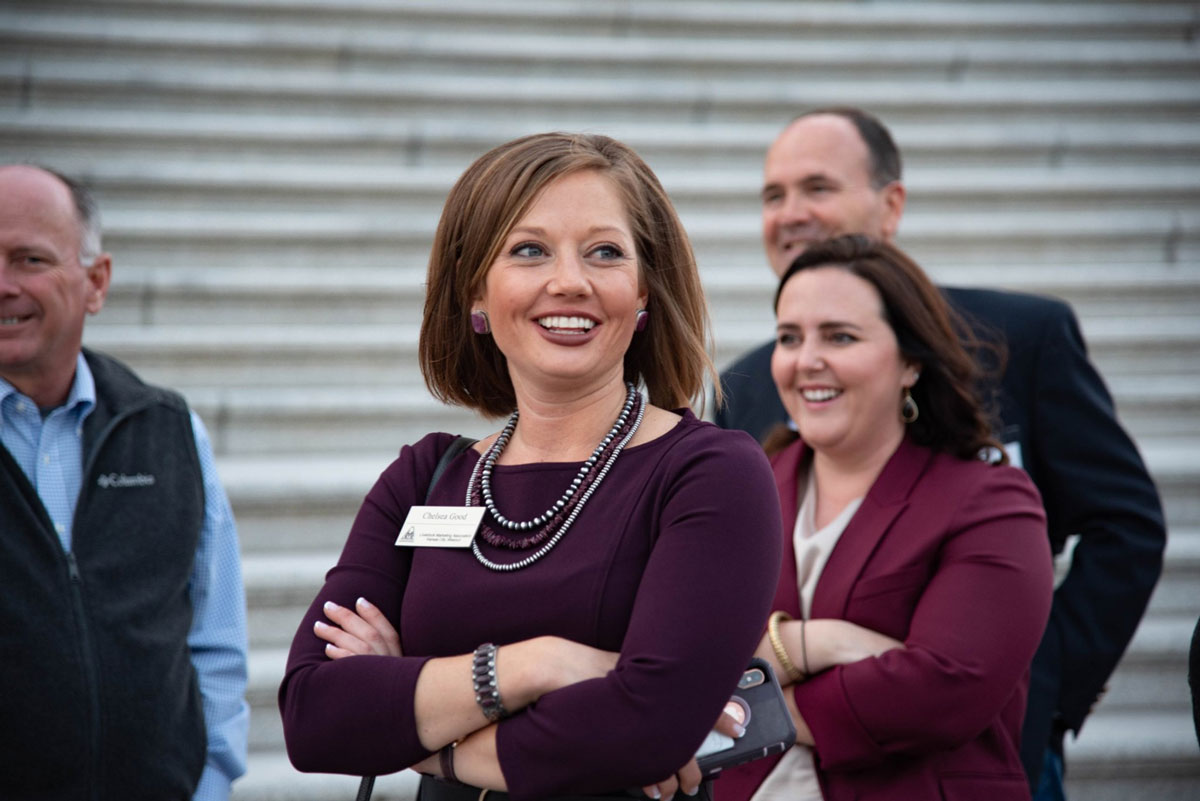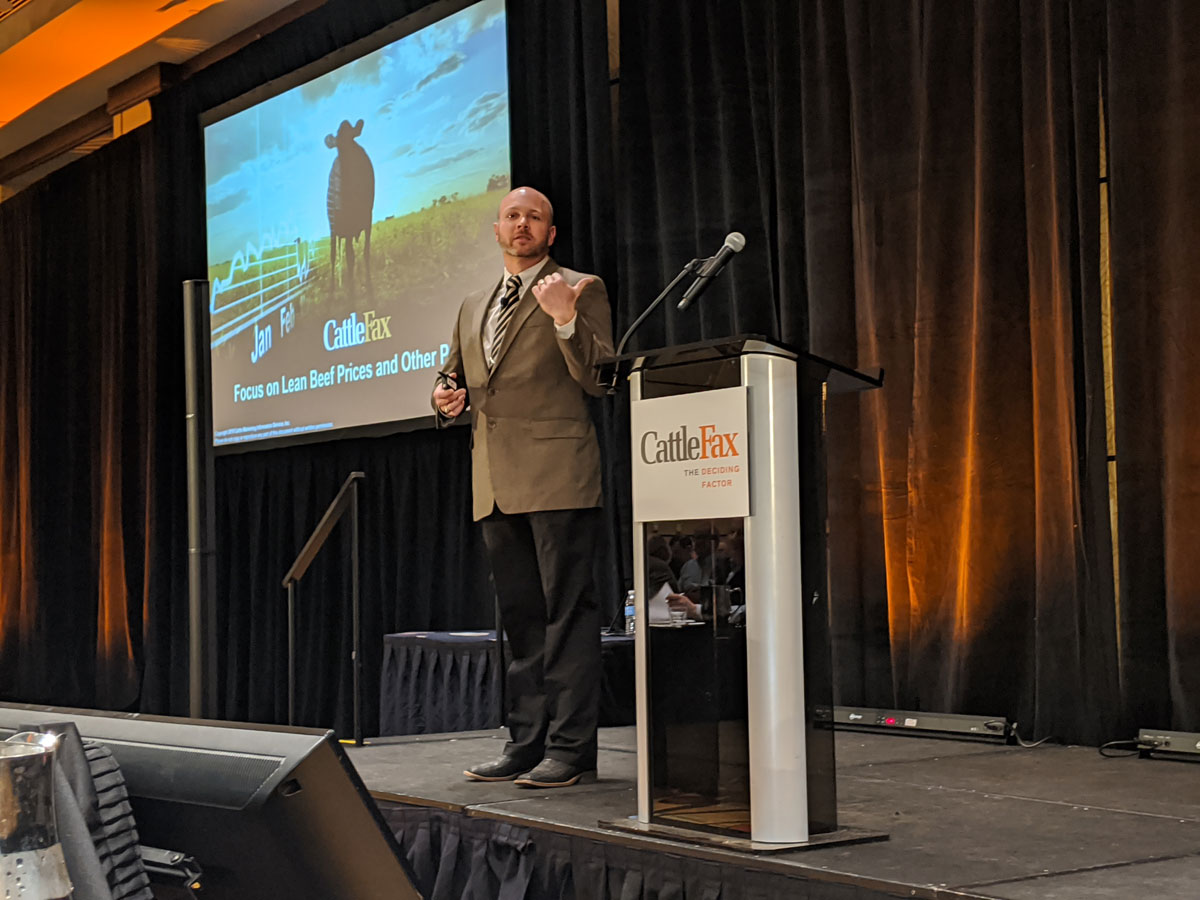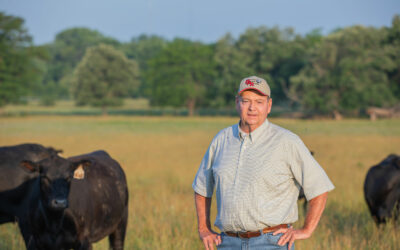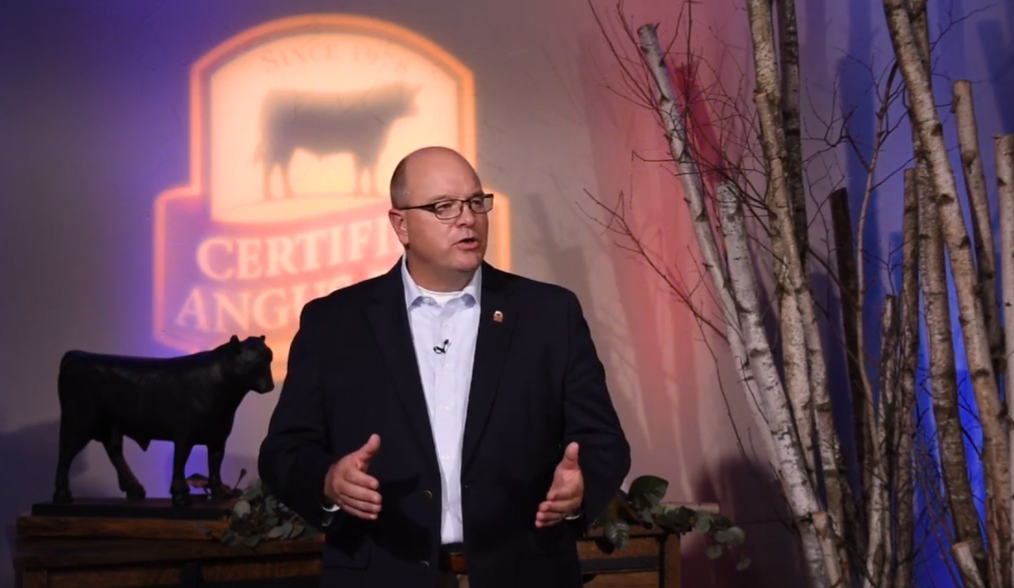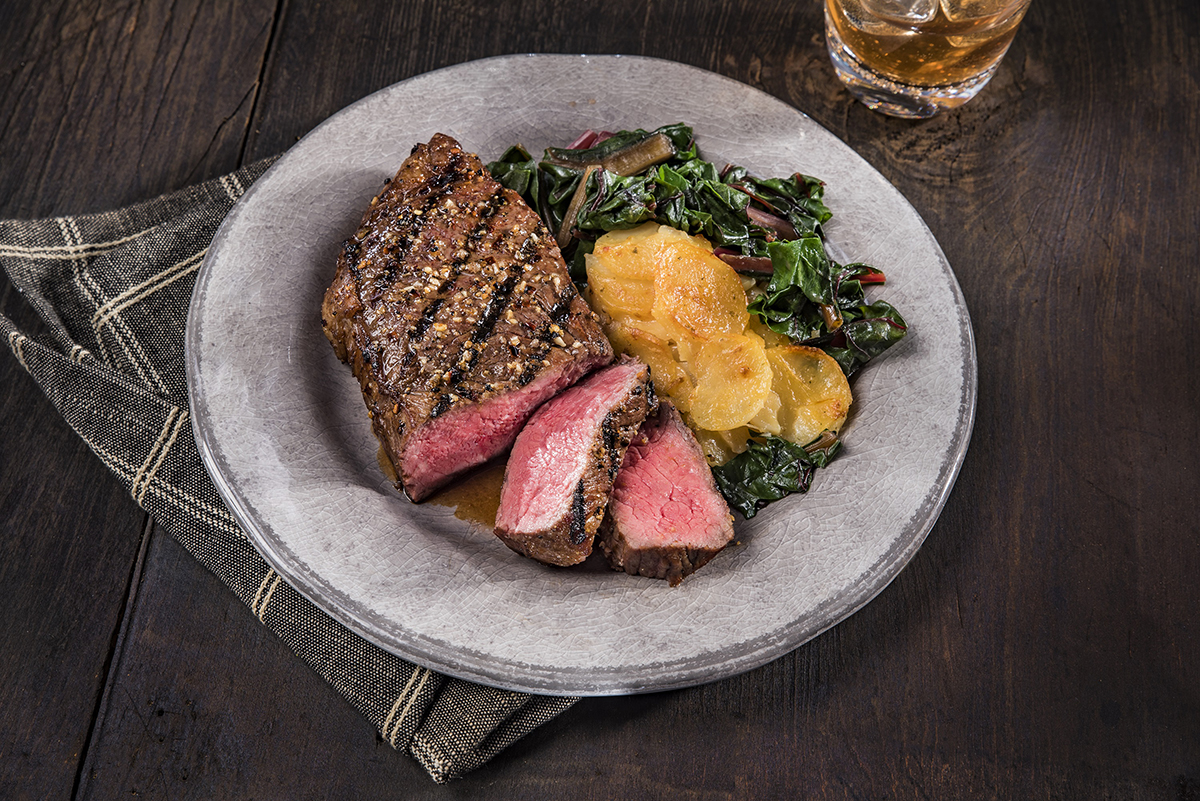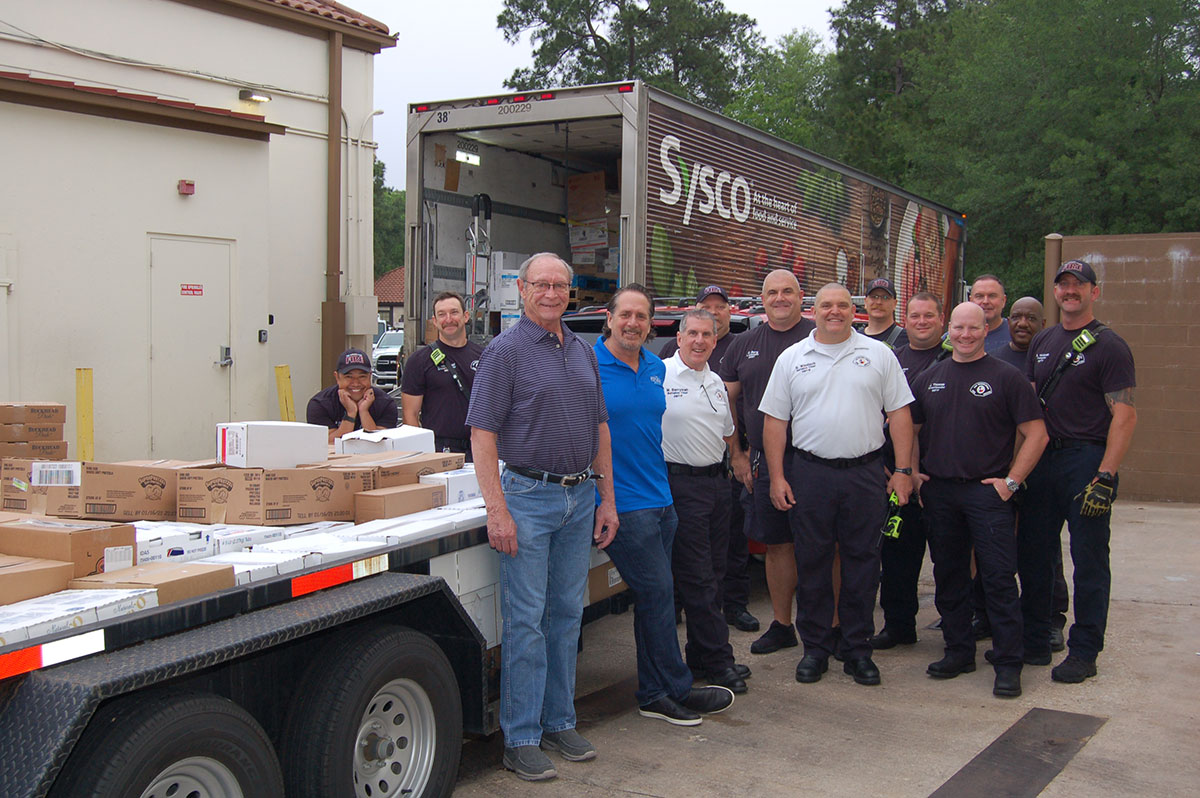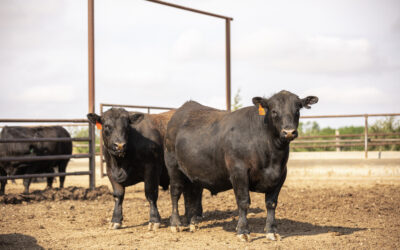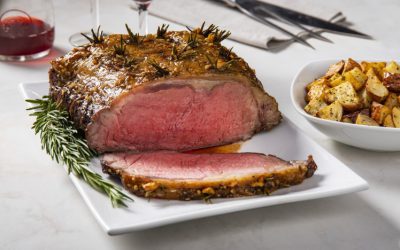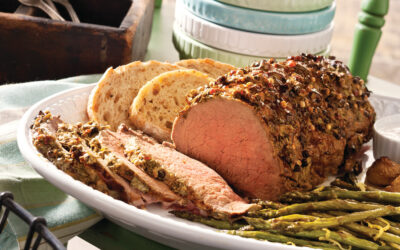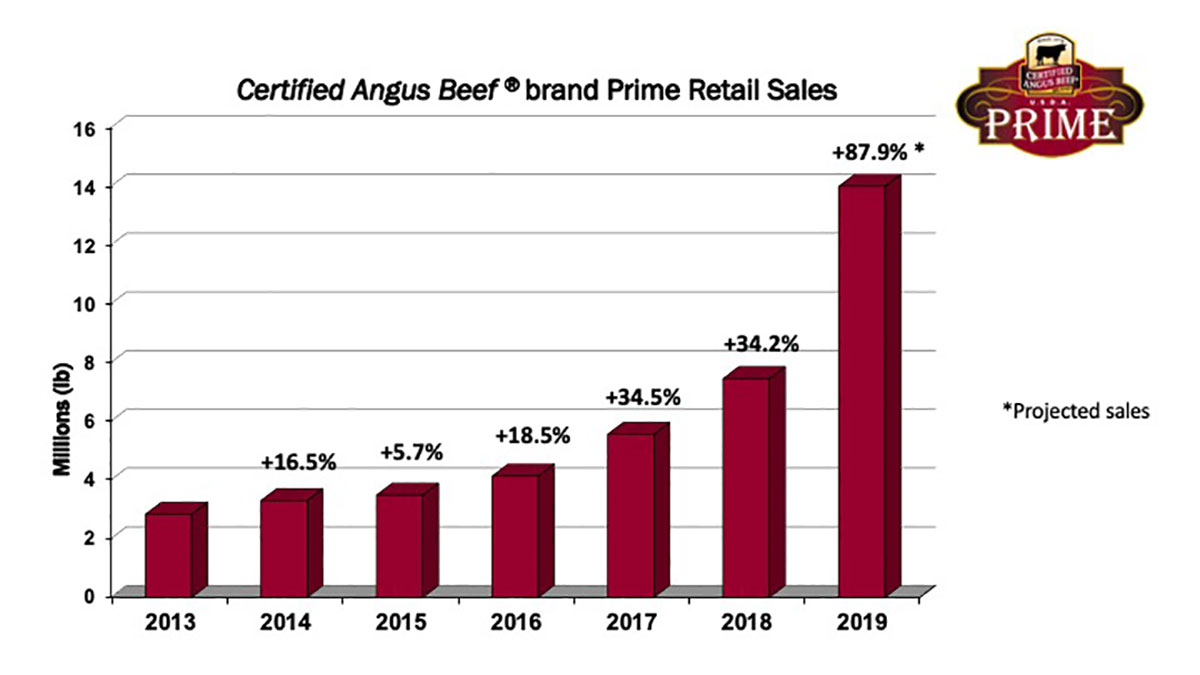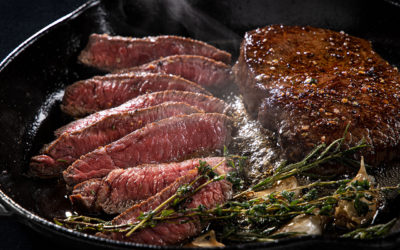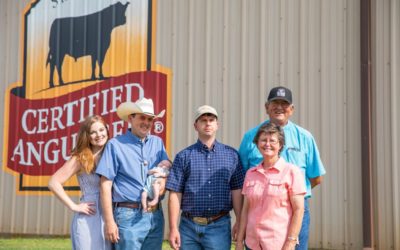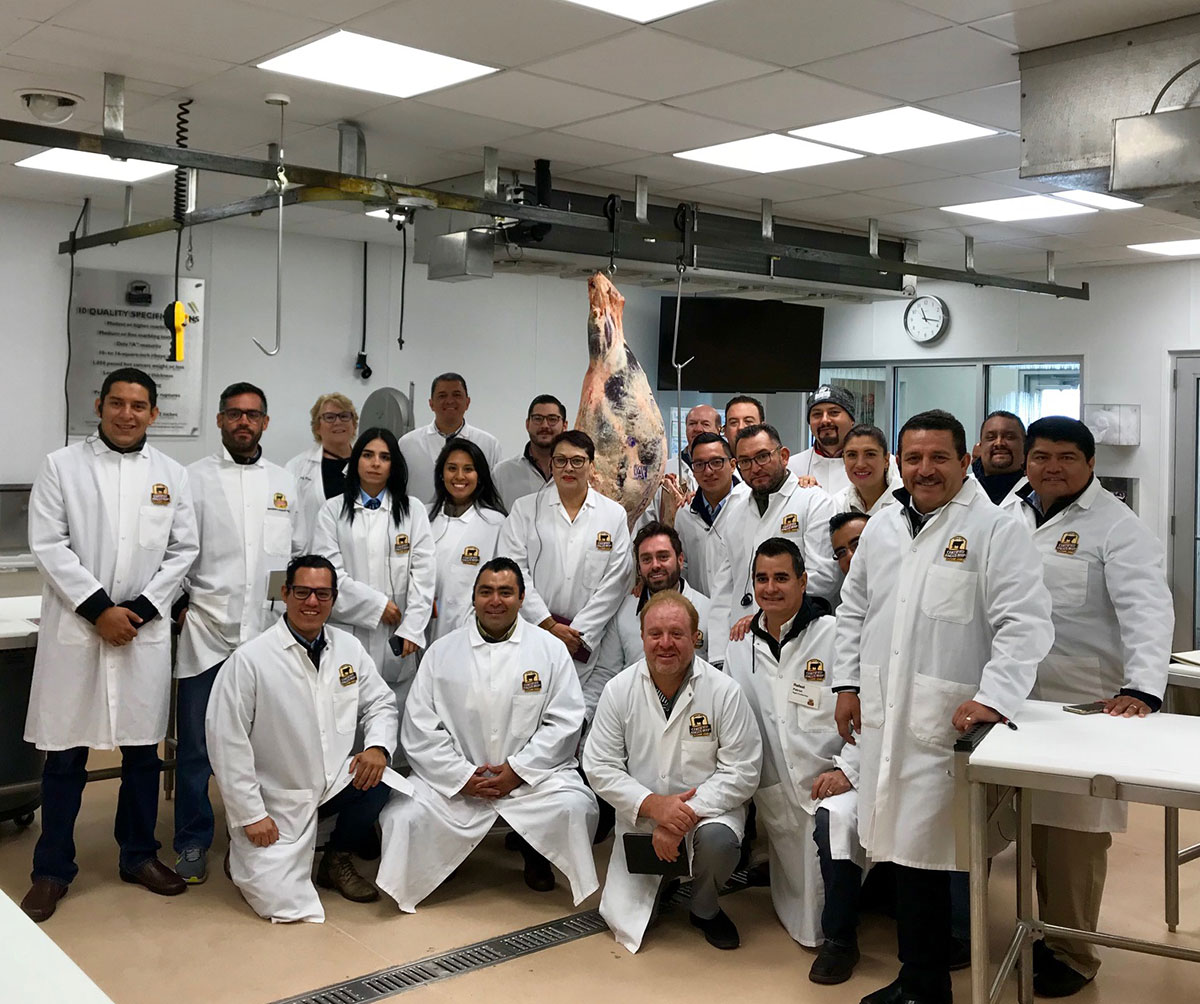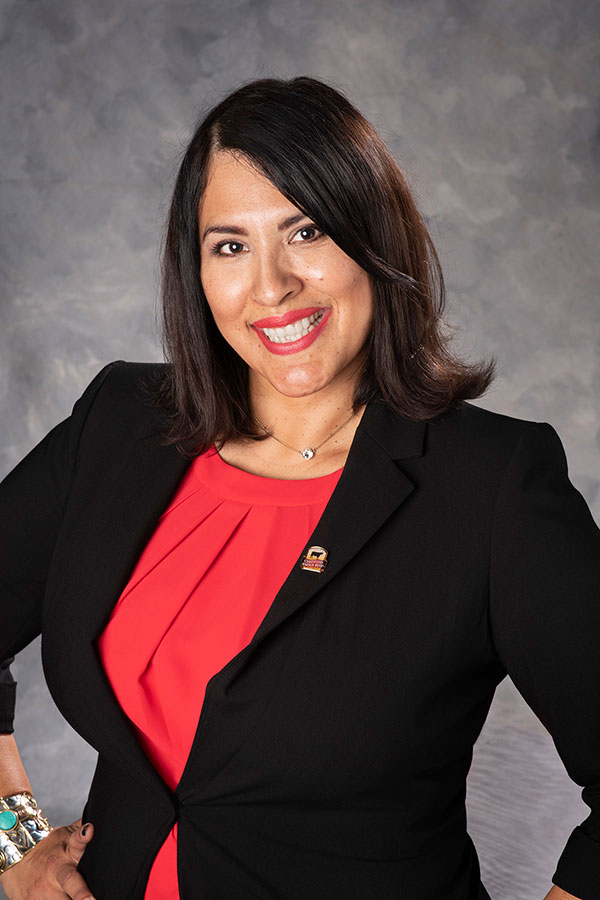
Register for free CAB webinar
“Getting to know the brand”
by Abbie Burnett
November 9, 2020
How do you certify your herd to produce the Certified Angus Beef ® (CAB®) brand?
The short answer? You don’t.
The long answer is one of the many that Kara Lee, CAB assistant director of producer engagement, will answer in an upcoming virtual presentation.
The free, one-hour “Getting to Know the Certified Angus Beef ® Brand” webinar is set for November 19, 1:30 p.m. Central.
CAB was designed to increase demand for registered Angus cattle by adding value throughout the supply chain, and today quality cattle are worth more to every segment. Qualifying carcasses earn upwards of $1.7 million in grid premiums each week, Lee says, but knowing how it all comes together is the first step to capturing some of that value.
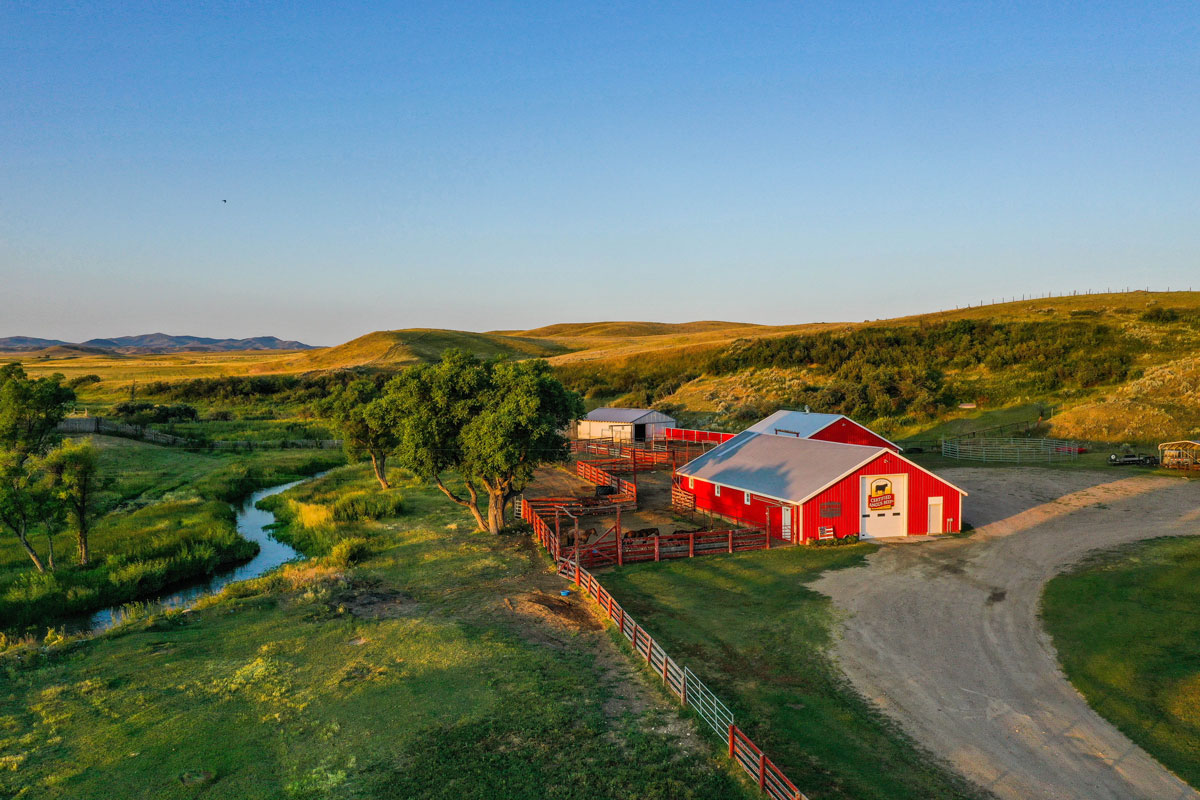
“The Certified Angus Beef brand is a well-known, almost household name for many cattle producers. However, the structure of the brand is often less well known,” she says. “This is for any producer who wants a better understanding of how the company works for them and wants to know how to connect that to what they do on the ranch.”
Lee will provide a general overview of the brand and its importance to consumers, and offer insight into how cattle qualify and what typically prevents CAB certification in the first place.
“If you’ve always thought of yourself as familiar with the brand, but find it difficult to explain exactly how it works, this webinar should be a great resource,” Lee says.
From the basic to the complex, she’ll talk through the most common FAQs and allow time for participants to ask questions of their own.
“We want everyone who produces high-quality beef to know what it takes to get involved,” Lee says.
To register for the Nov. 19 webinar, visit www.cabcattle.com/webinars.
You may also like
Certified Angus Beef Celebrates 45th Year with Strong Sales
It has been 45 years since Certified Angus Beef’s first customer purchased a strip steak at Renzetti’s IGA grocery store. Since then, consumer demand for high-quality beef has grown, ultimately driving demand for premium Angus genetics.
High-Quality Beef and Experiences Promised with Summer Internship
Internships help students take skills learned in the classroom and apply it before graduation or entering the workforce. Last summer’s interns described their experiences with CAB as engaging, fun, empowering valuable and challenging. Read more about these internship opportunities!
Quality Wins, Again
Sara Scott, Vice President of Foodservice for Certified Angus Beef, emphasizes the importance of taste over price in the beef market during the Feeding Quality Forum. As consumer demand for high-quality beef grows, Scott highlights the need for increased supply and encourages communication with packer partners to meet the demand for Prime beef.


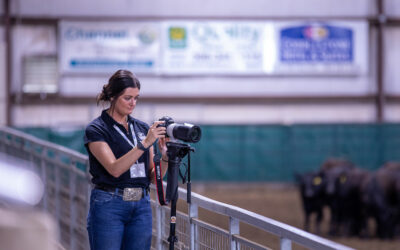




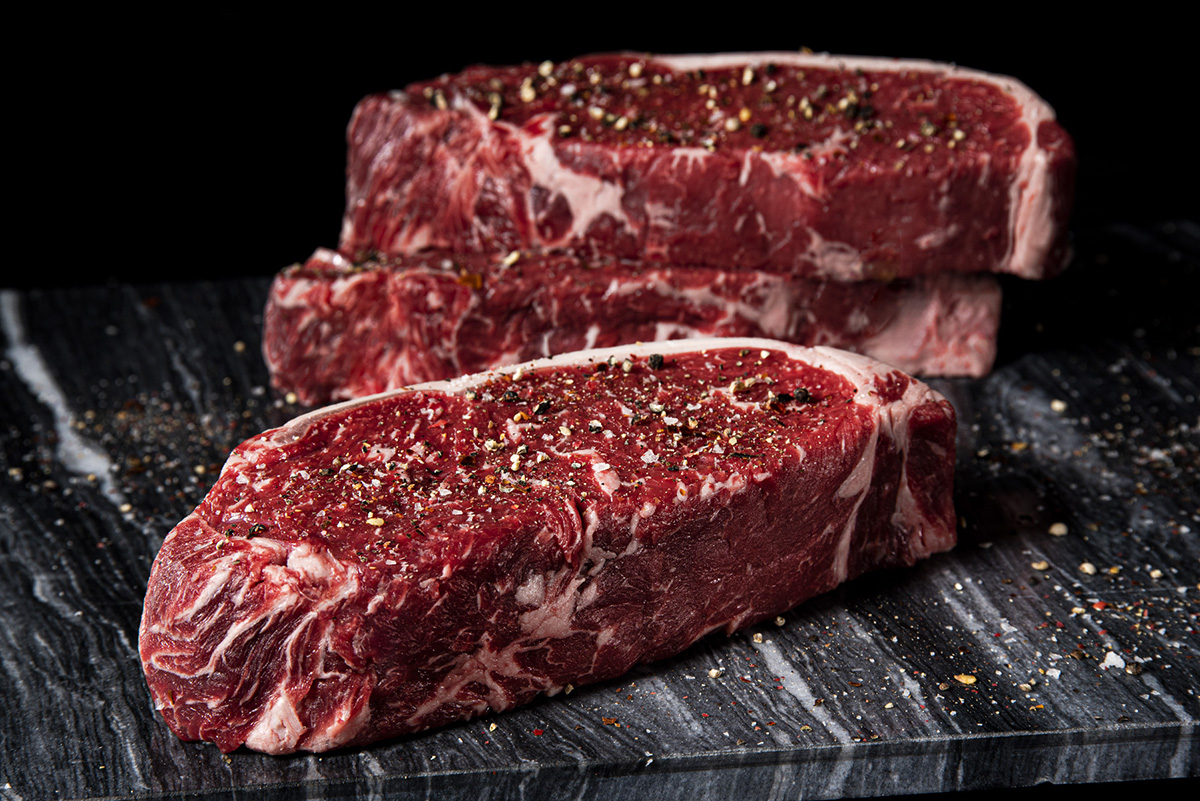
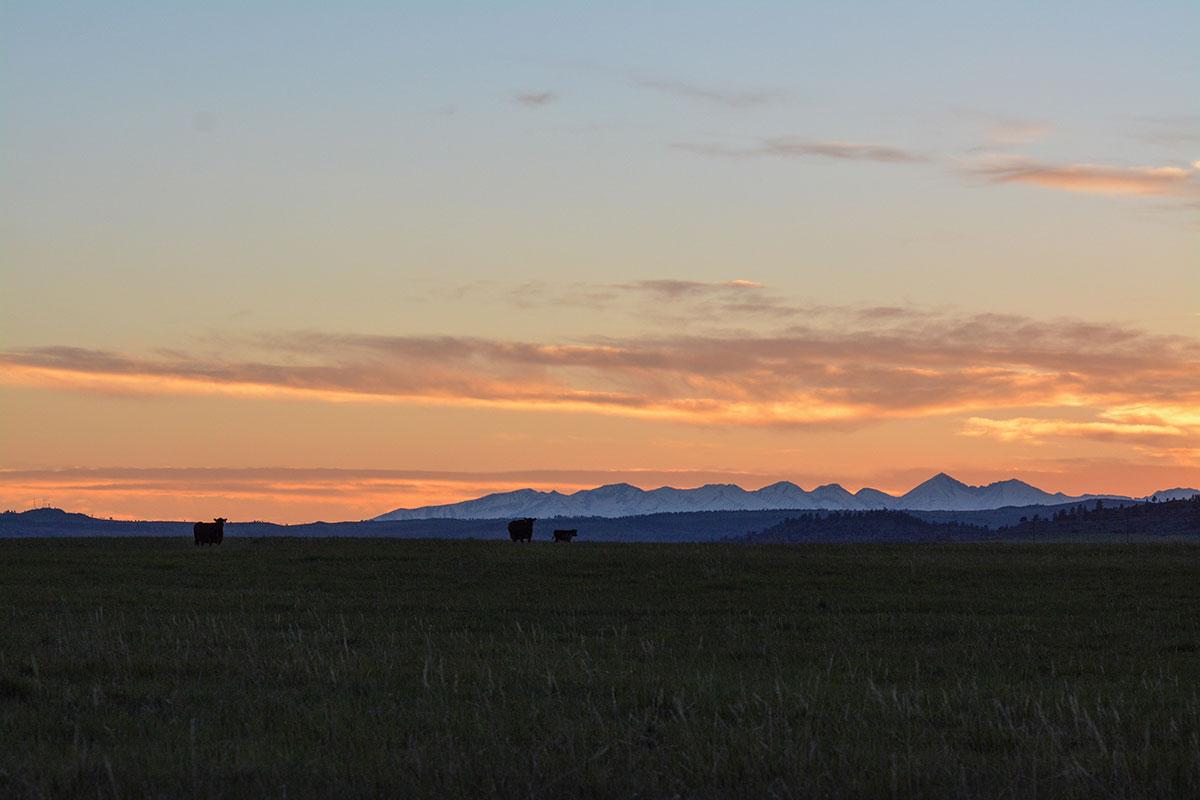
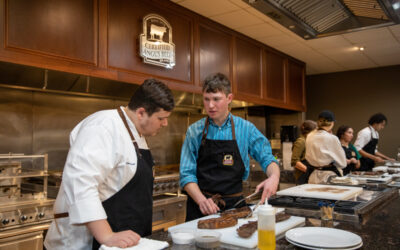

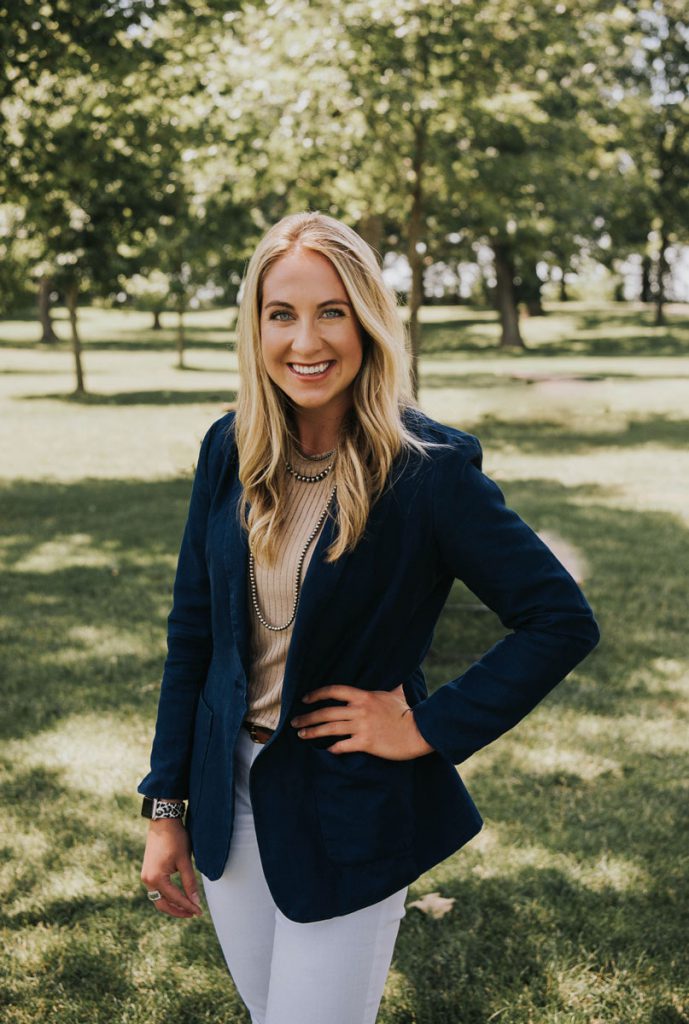 It was her first week on the job. Through the forests of Wisconsin into Iowa’s rolling hills, Becky Church found the three Angus farms she would write about over the next few months – despite sketchy directions and cell phone service.
It was her first week on the job. Through the forests of Wisconsin into Iowa’s rolling hills, Becky Church found the three Angus farms she would write about over the next few months – despite sketchy directions and cell phone service.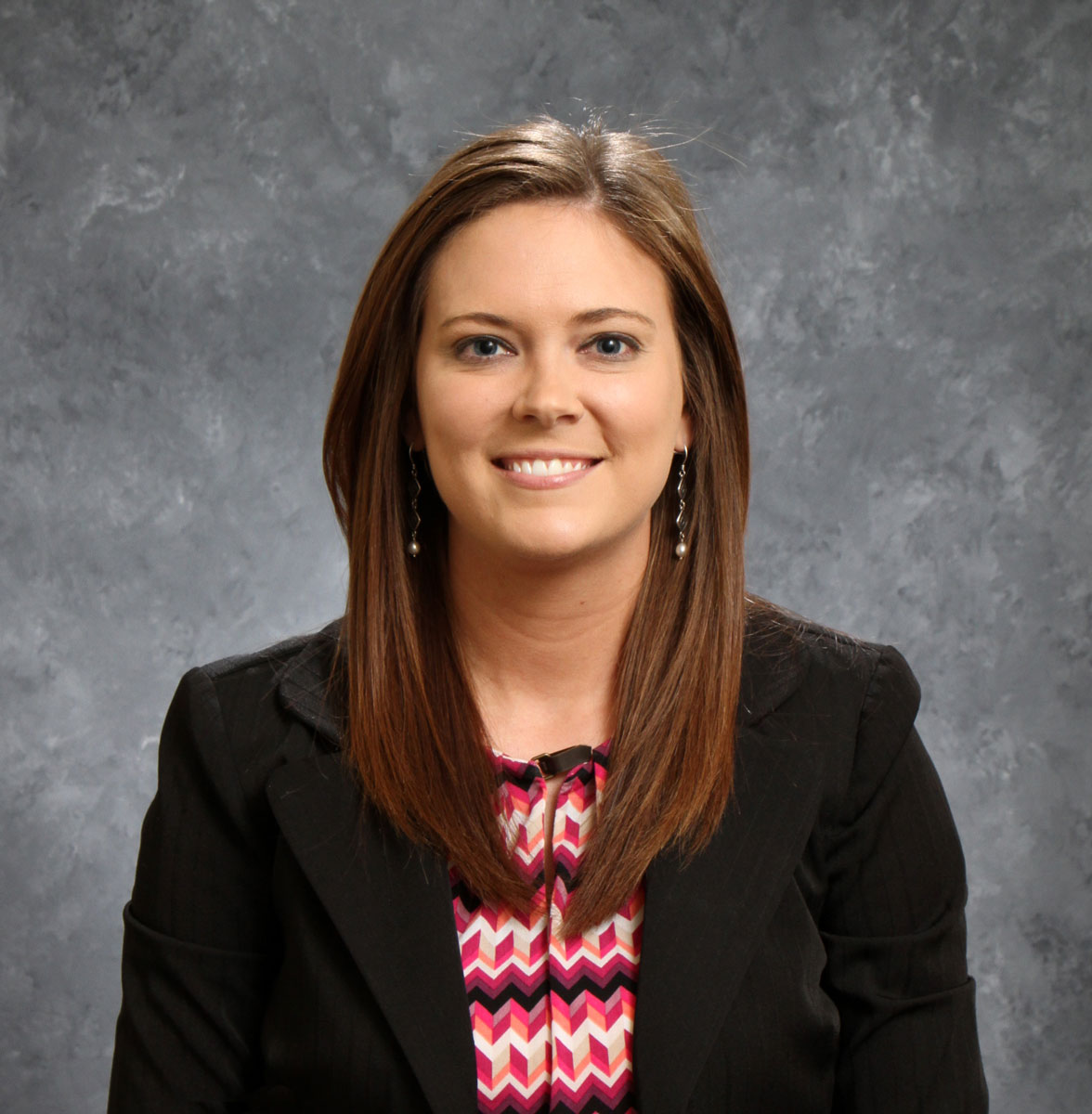 It didn’t take long for the CAB team to realize where the intern’s roots were.
It didn’t take long for the CAB team to realize where the intern’s roots were.